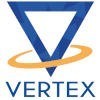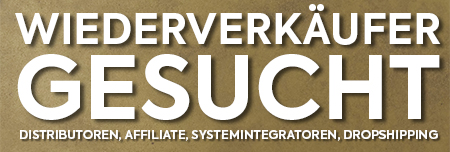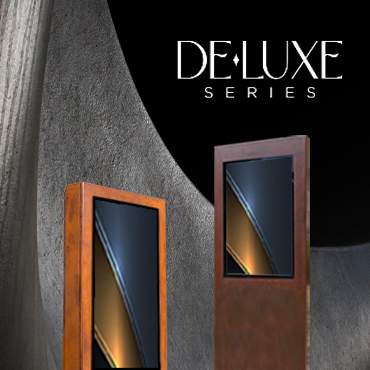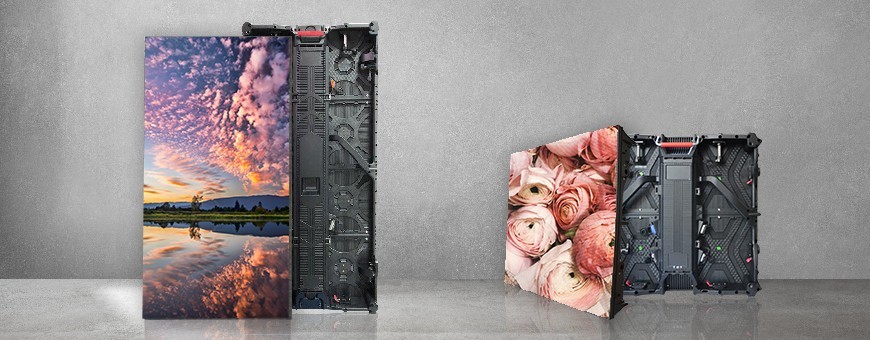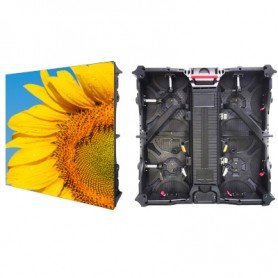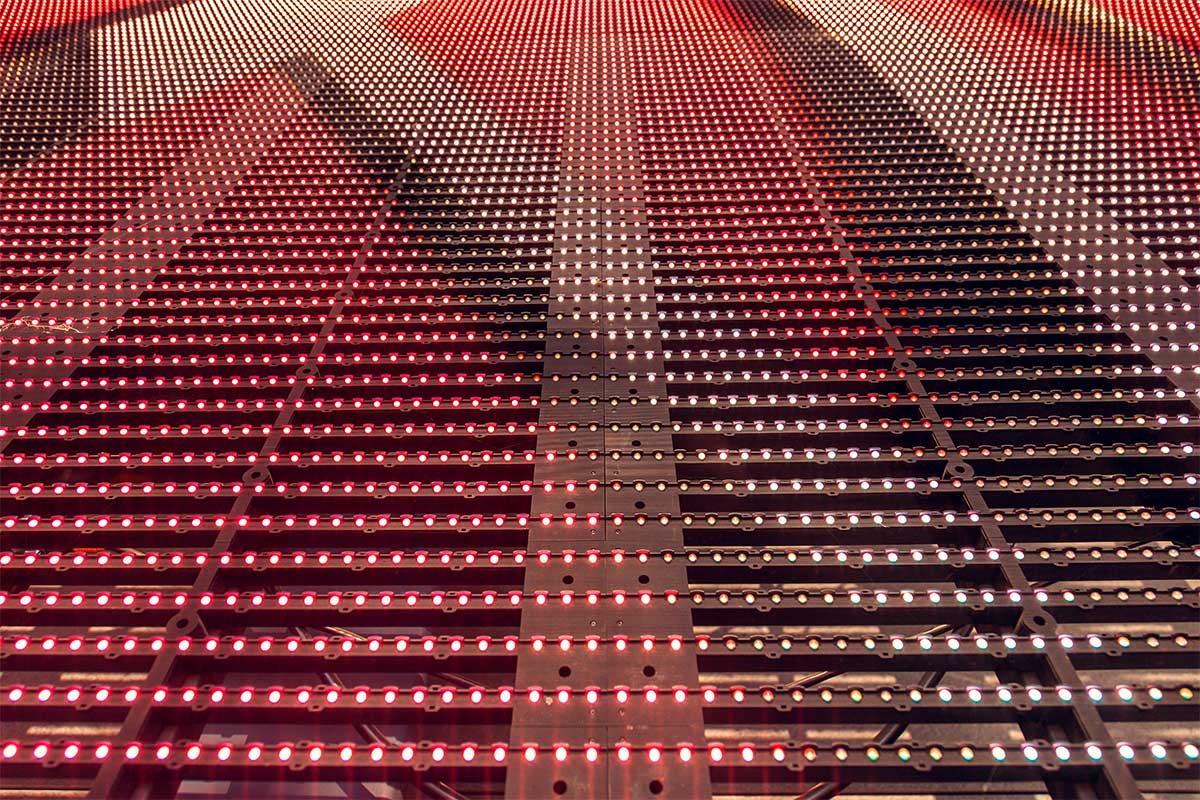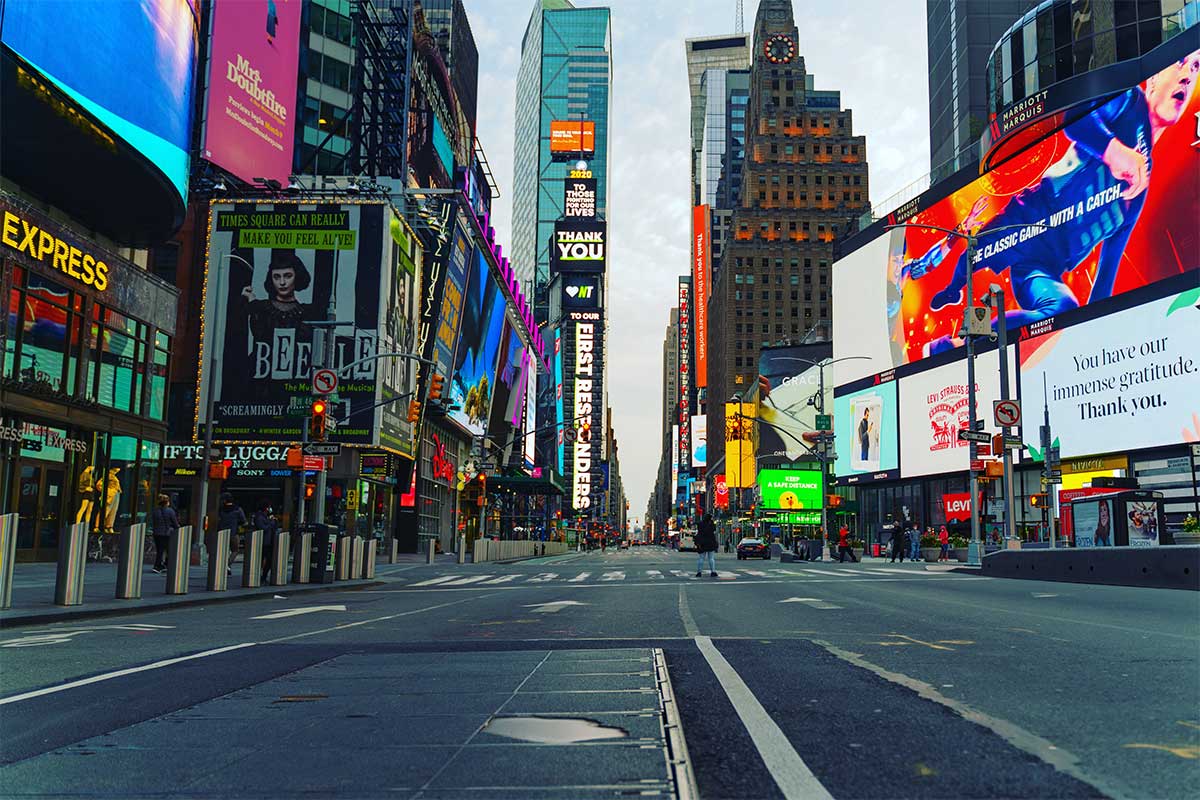The image resolution depends on the pixel spacing and on the total size of the visible area, generally made up of several modules. The interaxis between pixels is chosen according to the reading distance. There are different types of modules with pixel spacing ranging from 1.87 to 20 millimeters. The smaller the pixel spacing, the higher the resolution per module. For example, a 4x3 meter display with a standard distance between centers of 3.91mm will have a resolution of 1024x768 pixels. The choice of modules depends on the size of the areas to be set up, in fact, to prepare small areas, modules with smaller extensions are used.
